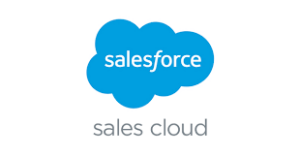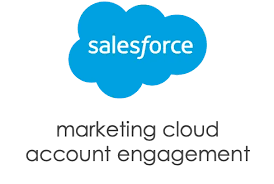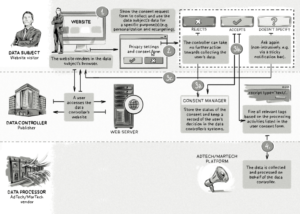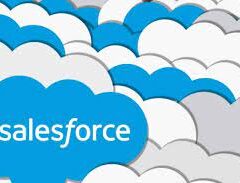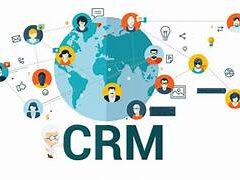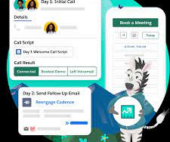While the demand for the creativity of marketers remains steadfast, the evolving digital landscape of constituent engagement necessitates an increased understanding of technology and automation among marketers. Although most marketers possess Customer Relationship Management (CRM) and Marketing Automation capabilities, a significant portion indicated that different departments use disparate CRM systems, leading to the creation of siloes. Nonprofit marketers invest in technology for increased engagement, success, and automation.
Technology for Nonprofits
Technology stands out as the second most influential factor shaping marketing strategy, trailing closely behind customer engagement. The digital realm has gained unprecedented importance, with 83% of respondents acknowledging that people’s preferences are reshaping their digital strategies. Meeting expectations is heavily dependent on digital capabilities, as stated by 82% of participants. Moreover, 79% of nonprofit marketers anticipate a more technology-driven approach post-pandemic compared to the pre-pandemic era.
Collaboration emerges as the second-highest challenge for marketers this year, with enhancing collaboration ranking sixth on their list of priorities. A considerable 68% of nonprofit marketers find collaboration more challenging now than before the pandemic. The lasting impact of the pandemic on collaboration and communication methods is evident, with organizations acknowledging a permanent shift. Despite physical separation, marketers feel a heightened connection to managers, supporters, marketing colleagues, and partners, although this sentiment is less pronounced across different departments. 75% of nonprofits are implementing new remote work policies, slightly less than the 82% observed in corporations.
Nonprofit Marketers Invest in Technology
Marketers have recognized a significant shift during the prolonged period of varying shelter-in-place orders – employees can effectively work from anywhere with the right tools and processes. This shift, initiated in 2020 and 2021, is expected to persist, although its extent may vary by region. Nonprofit marketers are adapting by reassessing the tools used for connectivity, with 77% adopting new work collaboration technology due to the pandemic. Real-time and video conferencing apps remain the most widely used, while newer technologies like virtual whiteboards are gaining traction within nonprofits.
Tectonic is please to announce our new Nonprofit Cloud Salesforce Implementation Solution.
Content updated June 2024.


